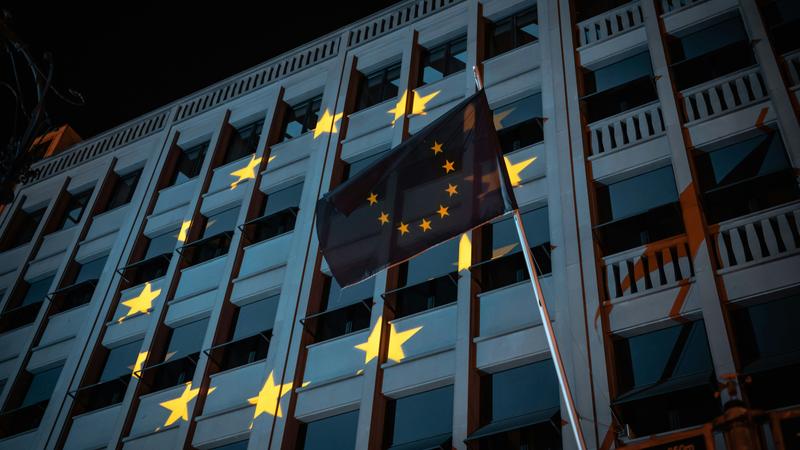Published 22:09 IST, February 3rd 2024
Budget deal leaves EU isolated in Ukraine aid push
European Parliament must now approve the budget package before money can start flowing to Kyiv.

Lonely banker. Brussels has broken through an impasse over funding Ukraine, keeping its eastern border hopes alive even though U.S. aid looks out of reach for now. European Union leaders approved a 50 billion euro, four-year funding plan for Ukraine after a last-minute assent from Hungarian Prime Minister Viktor Orbán, who had blocked a deal in December.
While Kyiv also needs additional U.S. aid, congressional gridlock and looming elections mean the EU must be prepared to go it alone. U.S. President Joe Biden’s proposed $61 billion aid package has been stalled by Republican opposition. If Biden loses his re-election bid, U.S. policy may become even more erratic and inward-looking.
Thursday’s deal shows that France, Germany and Italy can join forces when it counts. Despite their differences on important matters like budget rules, the role of nuclear power and how to combat Chinese subsidies, leaders from the three big economies pulled together to convince Orbán to sign off. The European Parliament must now approve the budget package before money can start flowing to Kyiv as soon as April.
Orbán, in turn, decided he would have a better chance of tapping 20 billion euros in withheld European funds by rejoining the club instead of leaving the room during key votes, as he did in December when leaders decided to begin talks on Ukraine’s accession to the EU. The Hungarian prime minister is due to take over the EU’s six-month rotating administrative presidency in July. If he wants anything to show for it, he’ll have to start working with his peers. Allowing the budget deal to proceed in exchange for some minor concessions was a constructive move, as would be allowing Sweden to finally join NATO.
Investing in Ukraine can be a high-return investment for the U.S. and the EU, presuming they can keep aid flowing. Thanks to the 160 billion euros they’ve sent to Kyiv since Russia’s February 2022 invasion, the Ukrainian economy bounced back in 2023, and the country has the potential to bring much-needed workers and growth to a region struggling with stagnation.
Europe could find the money to finance Ukraine’s recovery independently if it had to. U.S. and Japanese aid would be helpful but not essential to finding the additional 60 billion euros that Brussels estimates will now be needed. Getting a stopgap deal across the line was a necessary, if limited, first step.
Updated 22:09 IST, February 3rd 2024





